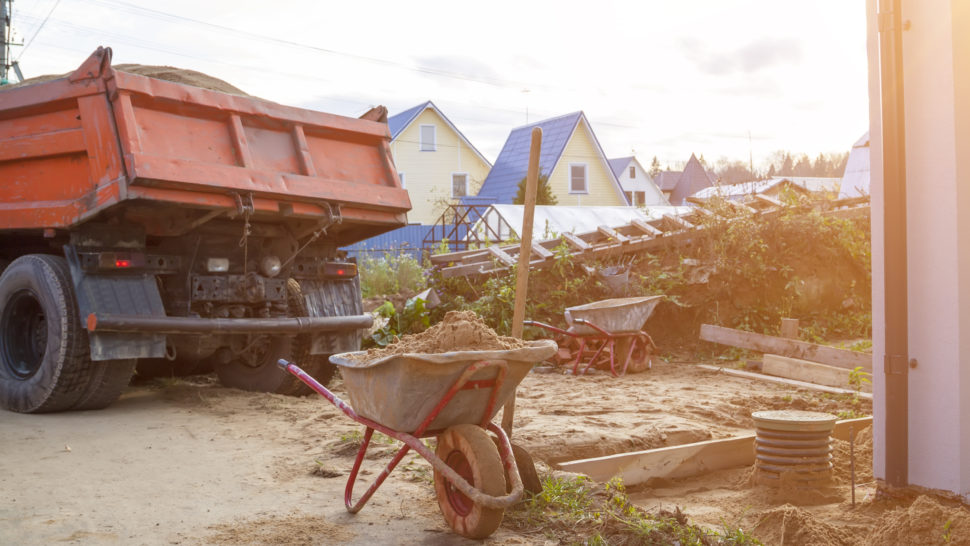Labor and Supply Chain Shortages, Insurance Increases Create Challenges for HOAs


For more than two years, community associations have navigated challenges from the COVID-19 pandemic including decisions on wearing face masks, requiring vaccines, reopening amenities, and social distancing. Now, labor and supply chain shortages, inflation, higher insurance premiums, and rising gas prices are creating new challenges for community association leaders.
“Between government mandated restrictions, severe labor shortages, ongoing supply chain problems, gas hikes, and dramatic community-wide usage increases, associations are having to pay substantially more to maintain their community at a level similar to before the pandemic,” says Sara J. Ross, an attorney at Chadwick, Washington, Moriarty, Elmore & Bunn in Fairfax, Va., and chair-elect of CAI’s Business Partners Council.
Depending on a community association’s authority to increase assessments, some of Ross’ association clients are having to decrease the level of service in some areas to meet their budget or find creative ways to reduce costs and/or increase income. For example, an association may reduce the number of trash pickup days to keep the costs to a level that assessments can support, or a condominium may institute a preventative maintenance program to reduce water bills, she explains.
Landscapers also are feeling the pinch at the pump because much of their equipment is gasoline powered, according to Ross’s landscaping business partners. The increase in gas prices would cause a landscaping company’s transportation expenses, as well as the actual landscaping work expenses to go up, explains Ross. “In addition, the rising fuel prices will eat at their bottom line if their contracts were not drafted to allow them to pass those increases onto their clients. And if they can pass those costs on, it may result in the loss of clients who cannot afford the increase,” she notes.
“Some associations are dramatically raising their assessments to keep up with the higher expenses. However they choose to address the increases, they are facing significant political fallout with the membership,” Ross adds.
Community associations also are facing reduced access to preferred insurance carriers, particularly those in Western U.S. states contending with losses due to wildfires. Adjustments and increases to property replacement costs are causing premiums to increase 15% at a minimum, explains Michael Berg, CMCA, CIRMS, CEO and president of Berg Insurance Agency in California. “In addition, some communities are finding they cannot secure coverage to 100% of the replacement costs of the community,” he adds.
The issues insurance carriers in California are facing won’t change anytime soon, according to Berg. “Carriers will continue to reevaluate their exposure to property loss. I do hope, however, that carriers will implement underwriting practices that will allow them to consider more risk than they are currently,” he says.
This would create a new challenge for a community association, because “not only will it need to support the high premium, but it also will need to absorb costs of property improvements to meet carrier qualifications. For example, communities will need to address defensible space when possible and need to fireproof their buildings with improvements like eave enclosures and chimney cap replacements. These could be large expenses on their own,” he adds.
HOAresources.com explores questions and comments from community association members living in condominiums, homeowners associations, and housing cooperatives. We then assemble trusted experts to provide practical solutions to your most commonly asked, timely questions. We never use real names, but we always tackle real issues. Have a question or comment about your community association? Submit here for consideration:
Join CAI’s online community for access to the industry’s most in-demand community association resources.
Thousands of your peers are sharing advice.
Laura Otto is the Senior Editor of Digital Content at CAI. A seasoned journalist, Laura previously worked for a creative, advocacy agency in Washington, D.C., where she wrote and edited content for a variety of public health clients. Prior to that, Laura served as a senior writer and editor for the George Washington University School of Medicine and Health Sciences. Laura is a graduate of Temple University in Philadelphia.